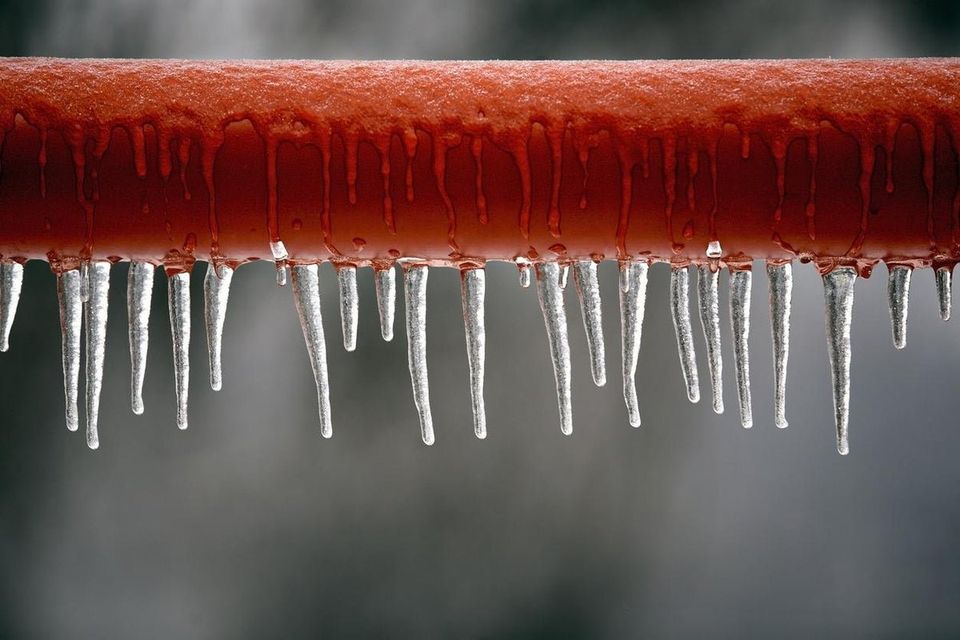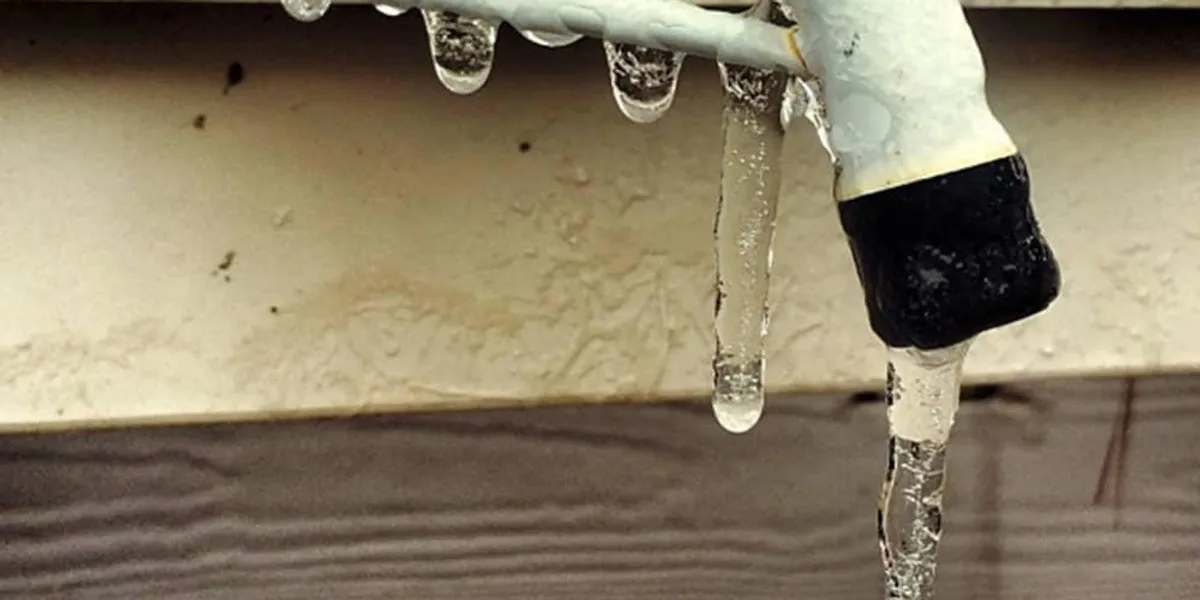Important Tips for Preventing Frozen Pipes in Winter Seasons
Important Tips for Preventing Frozen Pipes in Winter Seasons
Blog Article
They are making a number of good points on How To Avoid Freezing Pipes in general in this post followed below.

Winter can damage your plumbing, particularly by freezing pipes. Here's how to prevent it from happening and what to do if it does.
Introduction
As temperatures drop, the threat of icy pipes increases, potentially resulting in costly fixings and water damages. Comprehending how to prevent icy pipelines is vital for property owners in cold environments.
Comprehending Icy Pipelines
What creates pipelines to freeze?
Pipes freeze when exposed to temperatures below 32 ° F (0 ° C) for expanded durations. As water inside the pipelines freezes, it expands, putting pressure on the pipe walls and possibly creating them to burst.
Risks and problems
Icy pipelines can bring about water supply interruptions, residential property damages, and costly repairs. Ruptured pipes can flood homes and create considerable structural damages.
Indications of Frozen Pipeline
Identifying icy pipes early can prevent them from rupturing.
Just how to recognize icy pipes
Try to find lowered water circulation from taps, uncommon odors or noises from pipelines, and noticeable frost on subjected pipes.
Prevention Tips
Shielding prone pipelines
Wrap pipelines in insulation sleeves or make use of warm tape to safeguard them from freezing temperatures. Focus on pipelines in unheated or exterior locations of the home.
Heating techniques
Keep indoor spaces adequately heated up, especially areas with pipes. Open cabinet doors to enable warm air to circulate around pipelines under sinks.
Safeguarding Outdoor Plumbing
Yard hoses and outside faucets
Detach and drain garden hoses prior to winter months. Mount frost-proof spigots or cover outdoor faucets with protected caps.
What to Do If Your Pipes Freeze
Immediate actions to take
If you think icy pipes, keep faucets open to eliminate pressure as the ice melts. Use a hairdryer or towels soaked in warm water to thaw pipelines gradually.
Long-Term Solutions
Architectural adjustments
Consider rerouting pipes far from exterior walls or unheated areas. Add additional insulation to attic rooms, basements, and crawl spaces.
Upgrading insulation
Purchase premium insulation for pipelines, attics, and wall surfaces. Proper insulation aids preserve constant temperatures and decreases the risk of icy pipelines.
Verdict
Stopping frozen pipes requires aggressive measures and fast reactions. By understanding the reasons, signs, and preventive measures, homeowners can safeguard their pipes during winter.
5 Ways to Prevent Frozen Pipes
Drain Outdoor Faucets and Disconnect Hoses
First, close the shut-off valve that controls the flow of water in the pipe to your outdoor faucet. Then, head outside to disconnect and drain your hose and open the outdoor faucet to allow the water to completely drain out of the line. Turn off the faucet when done. Finally, head back to the shut-off valve and drain the remaining water inside the pipe into a bucket or container. Additionally, if you have a home irrigation system, you should consider hiring an expert to clear the system of water each year.
Insulate Pipes
One of the best and most cost-effective methods for preventing frozen water pipes is to wrap your pipes with insulation. This is especially important for areas in your home that aren’t exposed to heat, such as an attic. We suggest using foam sleeves, which can typically be found at your local hardware store.
Keep Heat Running at 65
Your pipes are located inside your walls, and the temperature there is much colder than the rest of the house. To prevent your pipes from freezing, The Insurance Information Institute suggests that you keep your home heated to at least 65 degrees, even when traveling. You may want to invest in smart devices that can keep an eye on the temperature in your home while you’re away.
Leave Water Dripping
Moving water — even a small trickle — can prevent ice from forming inside your pipes. When freezing temps are imminent, start a drip of water from all faucets that serve exposed pipes. Leaving a few faucets running will also help relieve pressure inside the pipes and help prevent a rupture if the water inside freezes.
Open Cupboard Doors
Warm your kitchen and bathroom pipes by opening cupboards and vanities. You should also leave your interior doors ajar to help warm air circulate evenly throughout your home.

I discovered that piece about Helpful Tips to Prevent Frozen Pipes this Winter when looking around the internet. Are you aware of someone else who is fascinated by the topic? Please feel free to share it. Many thanks for your time invested reading it.
Get Quote Report this page